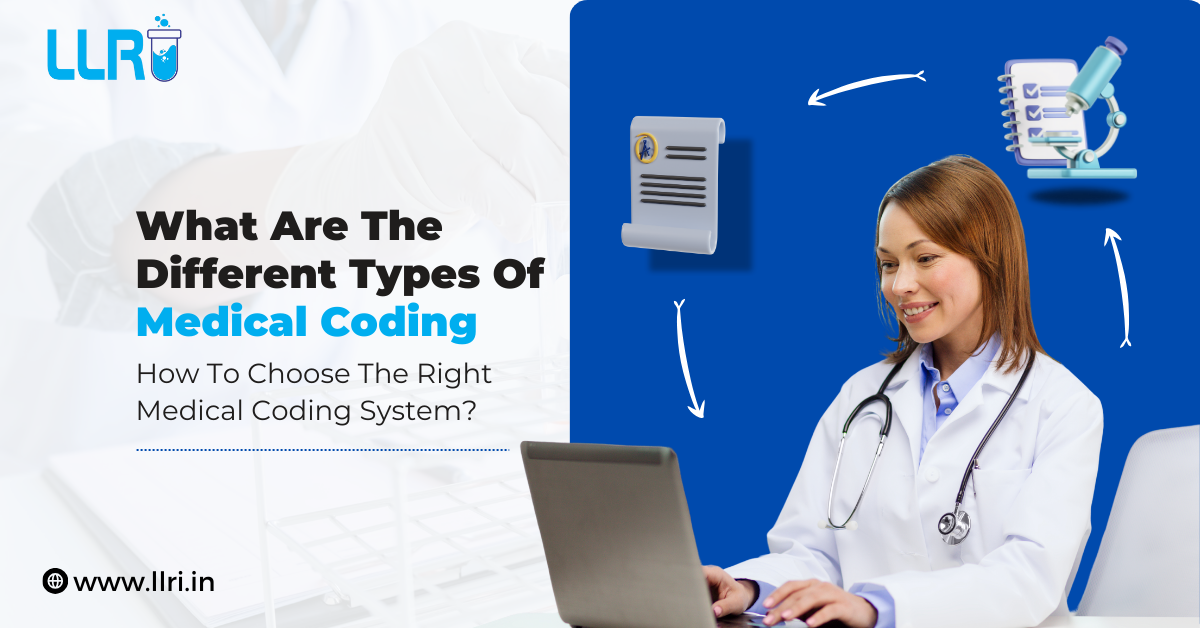What Are The Different Types Of Medical Coding? Ever wondered what exactly medical coding is all about? Or perhaps you’re already knee-deep in the field and seeking clarity on the different types of medical coding? Well well, you’re in the right place!
Medical coding plays a crucial role in healthcare, ensuring accurate billing, record-keeping, and insurance claims processing. Buuuut, medical coding isn’t a one-size-fits-all process. There are several types of medical coding, each serving different purposes in the healthcare industry.
Overview Of Medical Coding Classification
Medical coding classification systems are comprised of a standardized way of representing healthcare services and diagnoses. These systems ensure uniformity and accuracy in coding practices. Here are some key classification systems within the medical coding stream:
- ICD-10-CM: Organizes diagnoses and reasons for patient encounters.
- CPT: Classifies medical, surgical, and diagnostic services.
- HCPCS: Includes codes for supplies, equipment, and services.
- DRG: Groups patients based on diagnosis and treatment for billing purposes.
Now you may be wondering – why are these medical coding classifications so important? That’s because these classification systems are essential for accurate coding and billing in healthcare facilities.
What Are The Different Types Of Medical Coding?
So, let’s tackle the big question first: What are the different types of medical coding? Let us guide you through that. Take a look:
- ICD-10-CM (International Classification of Diseases, 10th Revision, Clinical Modification): This is the go-to standard for reporting diagnoses in healthcare settings. It helps in accurately documenting diseases, injuries, and health conditions.
- CPT (Current Procedural Terminology): CPT codes are used to describe medical, surgical, and diagnostic services provided by healthcare providers. These codes ensure uniformity and accuracy in medical billing.
- HCPCS (Healthcare Common Procedure Coding System): HCPCS codes are used primarily for Medicare and Medicaid claims. They include Level I (CPT) and Level II codes, which cover services, supplies, and equipment not included in the CPT codes.
- DRG (Diagnosis Related Group): DRG coding is used for inpatient hospital stays. It classifies patients into groups based on similar clinical characteristics and treatment complexity for the purpose of reimbursement.
- Level II Codes: These codes, also known as supply codes, are used to report non-physician services like ambulance services, durable medical equipment, and prosthetics.
- HCC (Hierarchical Condition Category): HCC coding is used in the Medicare Advantage program to estimate the future healthcare costs of patients. It involves documenting chronic conditions and other factors affecting patient health.
- Medical Coding Auditing: This process involves reviewing and analyzing medical records and coding practices to ensure compliance with regulations and accuracy in billing.
How To Choose The Right Medical Coding System?
Choosing the right medical coding system is like picking the perfect tool for a job. Here are some factors to consider when you are thinking, “how to choose the right medical coding”
- Industry requirements: Different healthcare sectors may favor specific coding systems. Research what’s commonly used in your field.
- Specialization: Are you working in cardiology, oncology, or pediatrics? Certain specialties may require specialized coding knowledge.
- Ease of use: Some coding systems may be more user-friendly or intuitive than others. Consider what works best for you and your team.
- Consider regulatory requirements: Ensure that the coding system you choose aligns with regulatory guidelines and payer requirements.
- Understand your specialty: Different medical specialties may require different coding systems. For example, physicians might primarily use CPT codes, while hospitals rely on DRGs.

Medical Coding Certification And Training: What You Need To Know
Now, you might be thinking, How do I become a healthcare coding whiz? Well, you’re in luck! There are plenty of certification programs and training courses out there to kickstart your journey.
Becoming proficient in medical coding requires proper education and training. Here’s what you need to know:
- Certification: Many employers prefer or require certification from accredited organizations such as AAPC (American Academy of Professional Coders) or AHIMA (American Health Information Management Association).
- Training programs: Look for accredited training programs that cover the fundamentals of medical coding, coding guidelines, and practice exercises.
- Hands-on experience: Gain practical experience through internships, externships, or on-the-job training to enhance your coding skills.
So, whether it’s through online courses, vocational schools, or university programs, getting certified is a great way to boost your skills and credibility in the field.
Plus, it opens up a world of career opportunities – from hospitals to insurance companies and beyond. So, there you have it – a crash course in medical coding! Remember, it’s not just about punching numbers into a computer. It’s about ensuring accuracy, facilitating communication, and ultimately, improving patient care.

Now go forth, curious coder, and conquer the world of healthcare one code at a time!
And if you ever find yourself pondering again, “What are the different types of medical coding?” – you know where to find us. Connect with us at llri.in.

